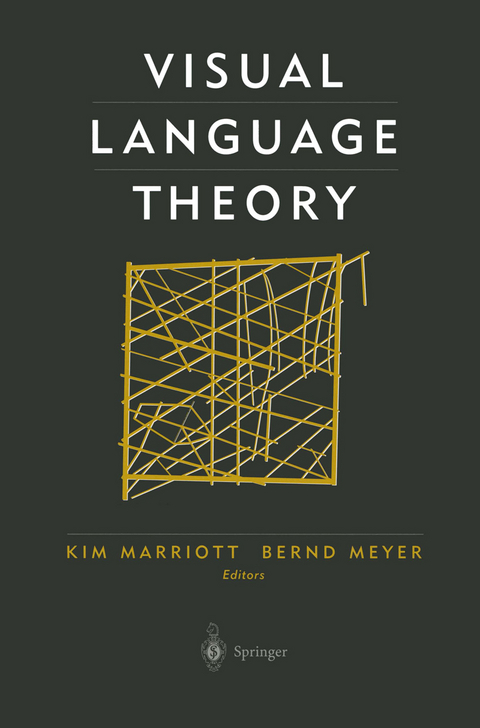
Visual Language Theory
Springer-Verlag New York Inc.
978-0-387-98367-7 (ISBN)
1 Introduction.- 2 A Survey of Visual Language Specification and Recognition.- 3 Visual Language Theory: Towards a Human Computer Interaction Perspective.- 4 The CCMG Visual Language Hierarchy.- 5 Positional Grammars: A Formalism for LR-Like Parsing of Visual Languages.- 6 Relational Grammars: Theory and Practice in a Visual Language Interface for Process Modeling.- 7 Relation Grammars: A Formalism for Syntactic and Semantic Analysis of Visual Languages.- 8 How to Represent a Visual Specification.- 9 A Fully Formalized Theory for Describing Visual Notations.- 10 On the Isomorphism, or Lack of It, of Representations.- 11 A Syntax-Directed Approach to Picture Semantics.- 12 Input and Output for Specified Visual Languages.- 13 Specification of Visual Languages as Means for Interaction.
| Zusatzinfo | XI, 381 p. |
|---|---|
| Verlagsort | New York, NY |
| Sprache | englisch |
| Maße | 155 x 235 mm |
| Themenwelt | Mathematik / Informatik ► Informatik ► Betriebssysteme / Server |
| Mathematik / Informatik ► Informatik ► Programmiersprachen / -werkzeuge | |
| Informatik ► Software Entwicklung ► User Interfaces (HCI) | |
| Informatik ► Theorie / Studium ► Compilerbau | |
| Informatik ► Theorie / Studium ► Künstliche Intelligenz / Robotik | |
| ISBN-10 | 0-387-98367-8 / 0387983678 |
| ISBN-13 | 978-0-387-98367-7 / 9780387983677 |
| Zustand | Neuware |
| Haben Sie eine Frage zum Produkt? |
aus dem Bereich


